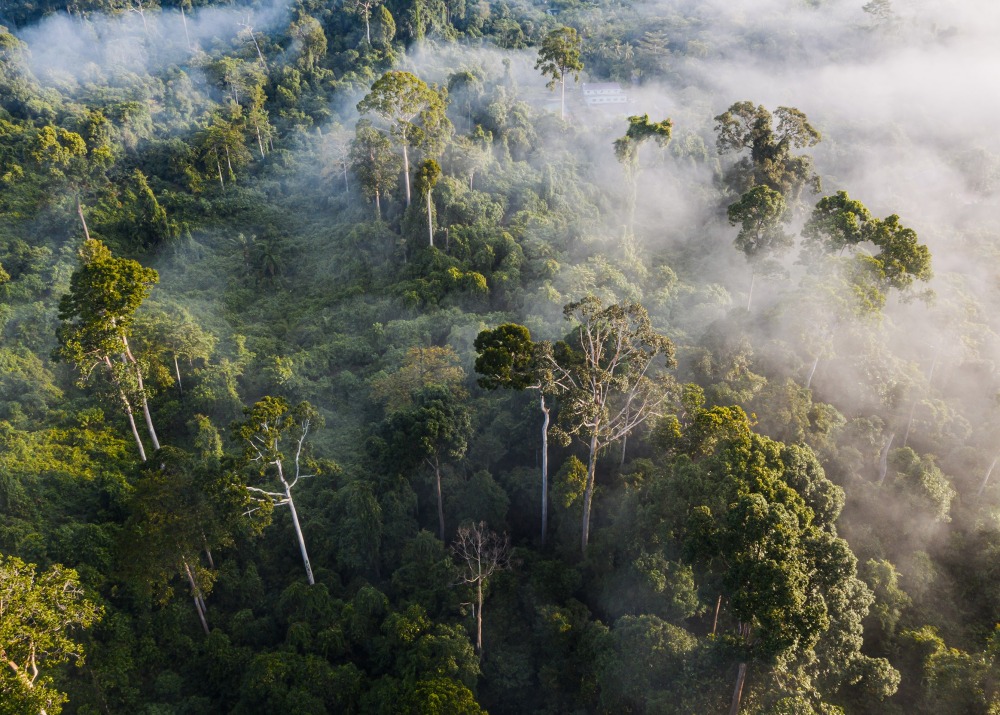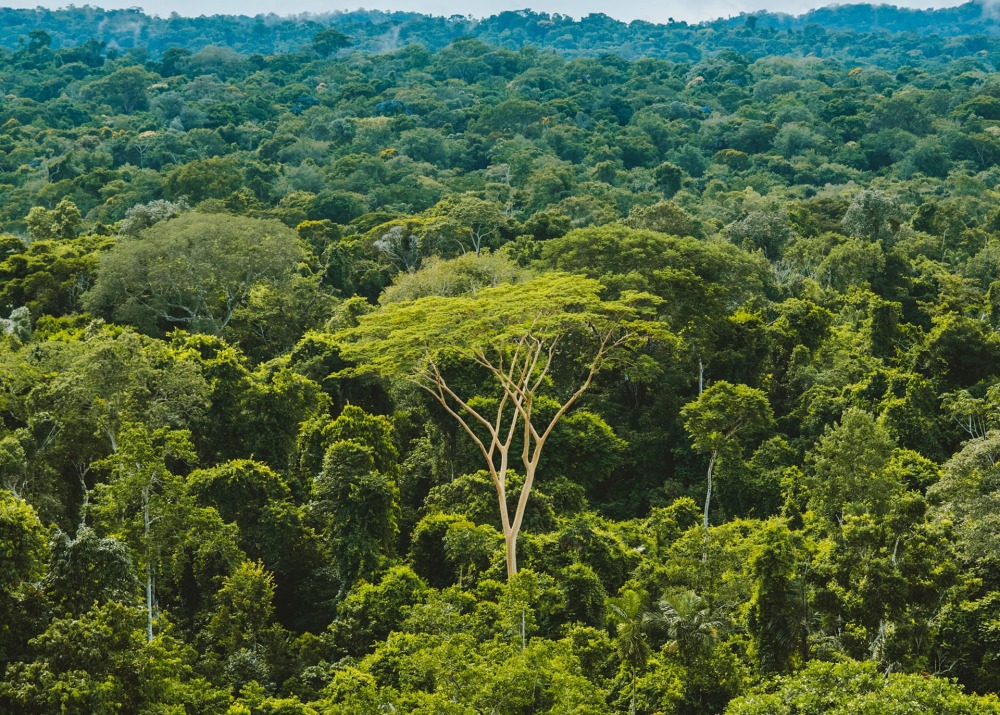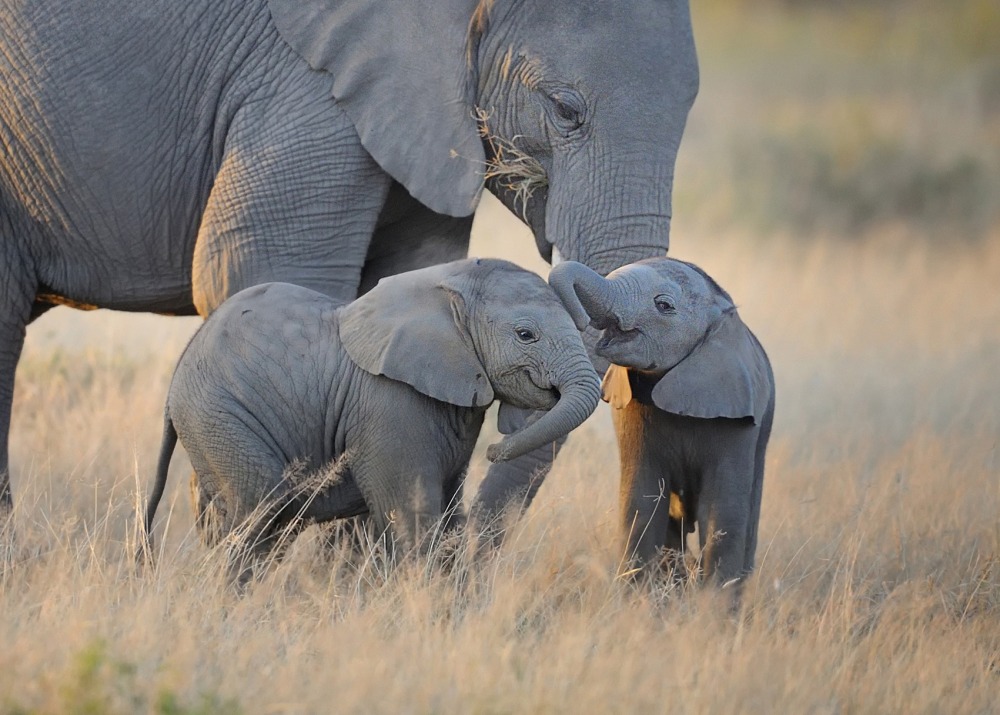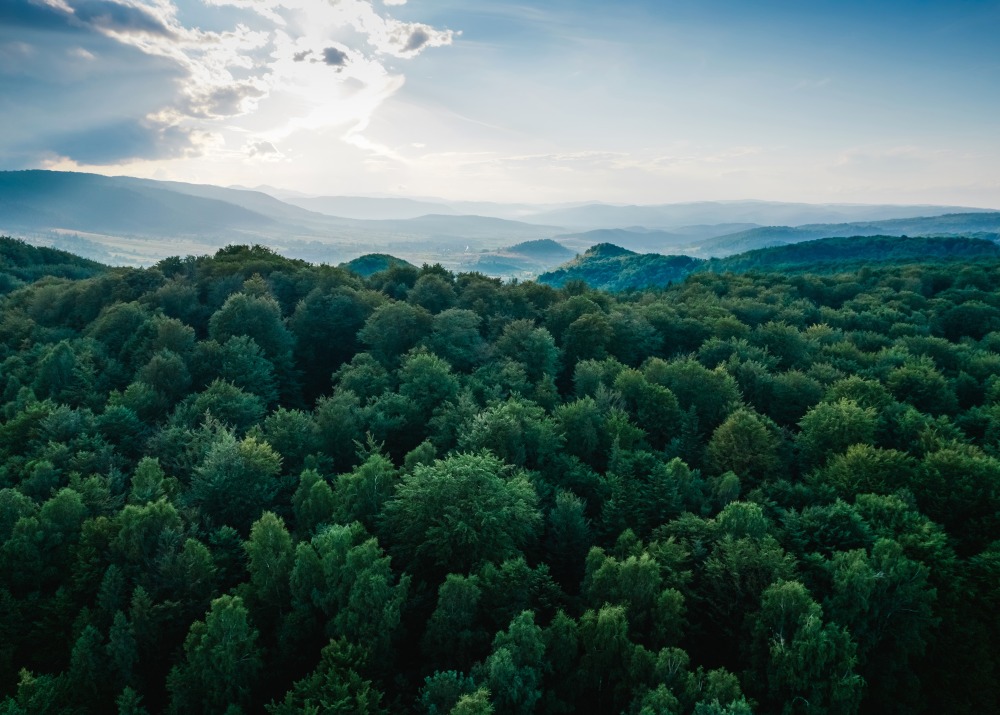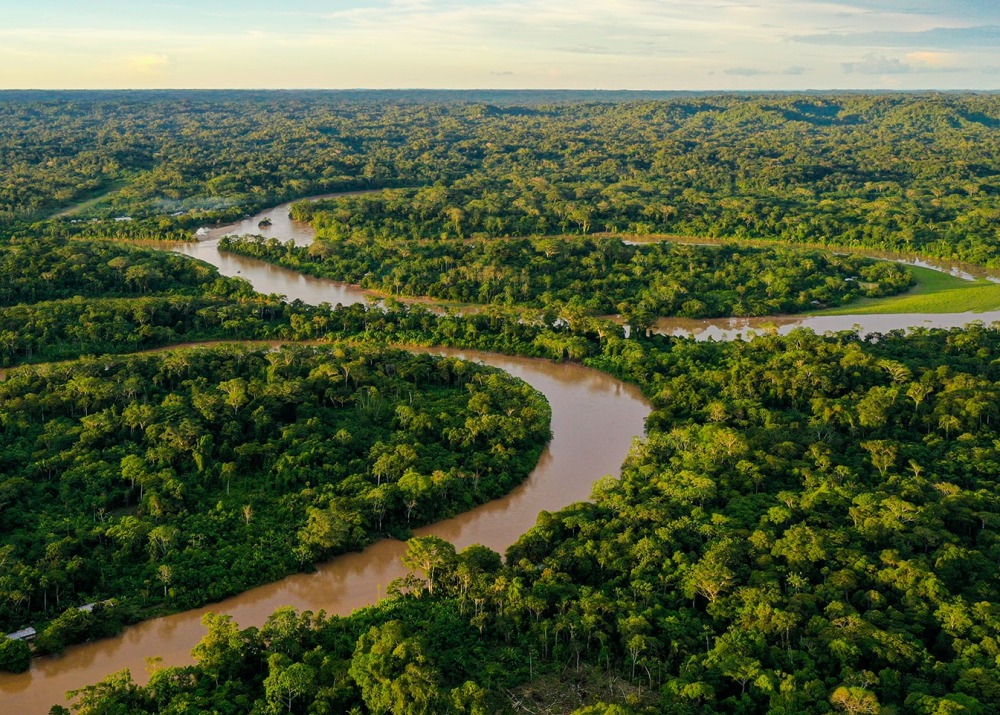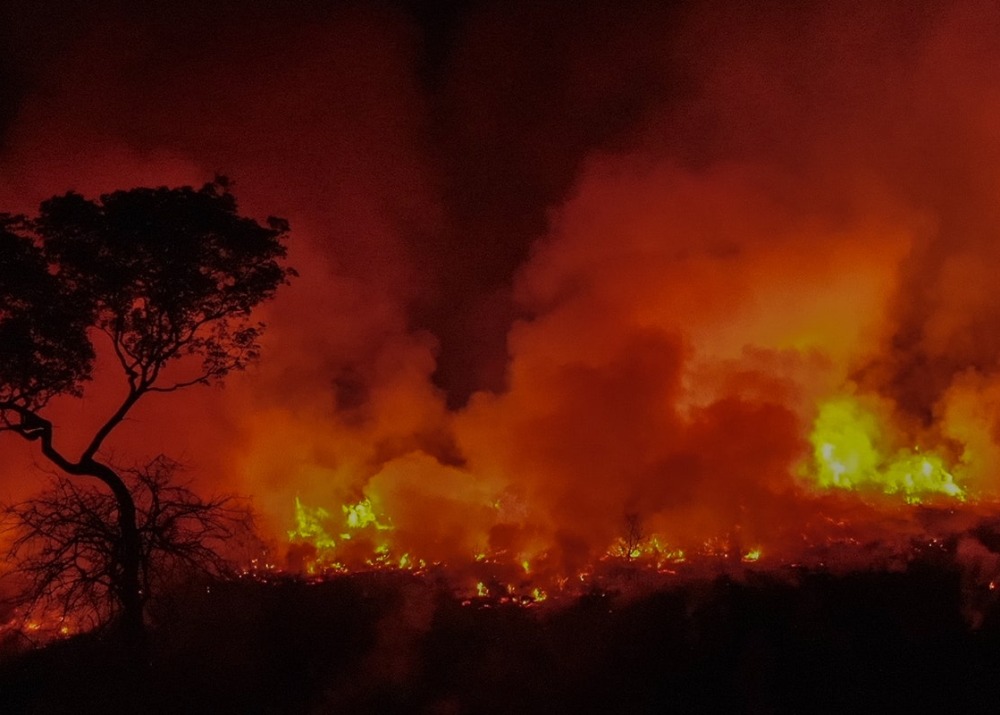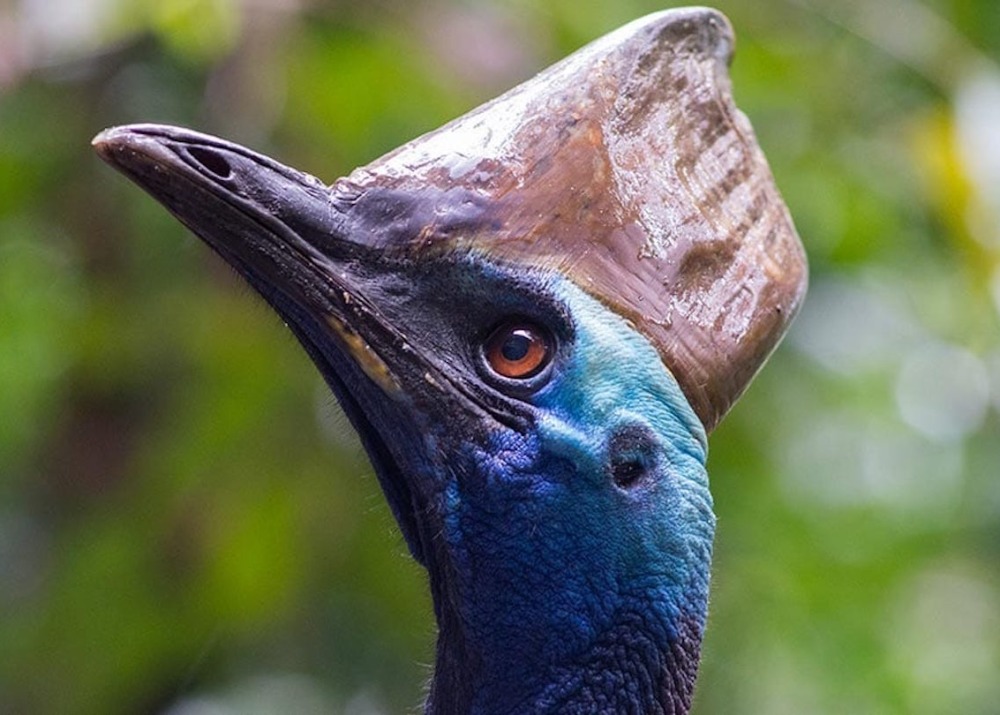What is “Natural” about Natural Disasters?

It is becoming increasingly difficult to separate “natural” disasters from human-caused climate change disasters, but the events themselves are not inherently different. Natural disasters are more extreme and/or longer-lasting elemental events. They leave in their wake death and destruction that can reverberate for months, years or even forever. They are outsized, severe, punishing, catastrophic and often unpredictable.
Most news and information on natural disasters understandably follows the human drama of people clinging to rooftops, vehicles floating upside down, buildings sliding down a mountainside or engulfed in flame, or tropical beaches littered with snarling knots of concrete, telephone wires and wood.
Nature doesn’t disappoint when it comes to drama. But nature is equally the victim of these events. Drought, fire, tropical storms and rare-but-real volcanic eruptions destroy fragile wildlife habitat across the globe and can destroy not only the lives but also the natural cycles of species that can least afford it: those on the brink of extinction. This side of the story doesn’t often make the evening news.
Animals respond instinctively to such events. But if they’ve never experienced a fire or prolonged drought because they live in a historically moist rainforest, they have not evolved to cope with it. The results are often tragic.
Fire-related tree cover loss in the tropics has increased around
each year over the last 20 years.
Fire
Because rainforests are defined by high amounts of humidity and rainfall, naturally occurring fires within them are rare. If natural fires occur at all, it is during times of prolonged drought. In those cases, the drier understory will burn while the tall trees of the overstory remain intact.
But today, drying trends from climate change and forest clearing by fire for agriculture and ranching are drastically increasing the number of rainforest fires that spread out of control. Most of the fires in the Amazon and surrounding ecosystems are purposely lit by land-grabbers to clear it for livestock pasture. Forests that have burned before are twice as likely to be completely destroyed by new fires that reach into the canopy. Places that would never naturally burn, like swamps, are also catching fire. When peatlands burn, they also release huge amounts of carbon emissions.
Many of the species dealing with devastating fires in their forest homes are already close to extinction. Smaller animals with restricted ranges like amphibians, reptiles and small mammals simply cannot escape a large fire. When large numbers of animals die within an ecosystem, the effects are felt up and down the food chain, impacting food supply for large carnivores at the top, many of whom are already threatened. Tree species that are burned may come back or may not, but rare species are far more likely to be extirpated within large burned areas.
Drought
Severe droughts in tropical rainforests are on the increase due to drying trends linked to climate change. These trends are exacerbated by deforestation in and near rainforests. Droughts bring fires, as discussed above, but severe droughts also cause trees to die a “natural” death because sufficient amounts of water aren’t recycled as rain to nourish them. Now we know, according to new research published in “Proceedings of the National Academy of Sciences” of the U.S., that for every three trees that die in the Amazon rainforest due to drought, a fourth tree will also indirectly die. The world’s largest rainforest is losing its ability to adapt to global warming.
But the Amazon isn’t alone in this. Droughts in other parts of the world are parching the Earth. In eastern Africa, a severe drought has been going on for four consecutive years, ravaging wildlife populations as well as human communities. It has killed hundreds of elephants, zebras and wildebeests in Kenya in 2022 alone.
Tropical Cyclones
The term “tropical storm” is used generically, but it is one of several types of tropical cyclone—an organized system of clouds and thunderstorms that rotates. Tropical depressions are the weakest of these, tropical storms are stronger with sustained winds of 39-74 mph and typhoons and hurricanes reach speeds of over 74 mph and are named according to where they occur in the world.
Cyclones are a severe threat to people and nature in many places we work, including Madagascar and Mozambique. Our projects in those countries seek to increase the resilience of both people and nature to respond to these threats.
Other natural disasters like earthquakes, tsunamis and volcanic eruptions leave a trail of destruction as well. Lava flows destroy whatever is in their path, killing wildlife, burning forests, and poisoning living beings with toxic gases. Coral reefs, mangroves, seagrass beds, coastal wetlands, sand dunes and peat swamps provide protection from tsunamis, even though the habitats themselves are often destroyed or dramatically altered by the events.
When natural disasters strike, people and species perish and protected areas suffer. Infrastructure damage means reserve personnel cannot do their jobs—like patrolling and wildlife monitoring. A sudden interruption to ecotourism that can last for months puts enormous financial pressure on surrounding communities and small organizations who rely on that income. Rainforest Trust is committed to answering the call when our partners are in crisis from disasters.

Devastating damage from Typhoon Haiyan or Yolanda in the Philippines, by ymphotos
What can we do about natural disasters?
There are no easy solutions for the rise in natural disasters. But the protection of nature that Rainforest Trust’s donors make possible can have major, positive impacts on natural disasters. In some cases, such as forest fires, these projects can actually prevent the disasters from happening. In other cases, the disasters cannot be prevented, but their impact on people and nature can be mitigated. Protecting standing forests is a highly effective, nature-based solution to slowing global warming.
Working together, we are protecting habitat, species and people, and ensuring carbon stays in the ground. We are grateful you are on this journey with us.

Sign up to receive the latest updates
"*" indicates required fields


